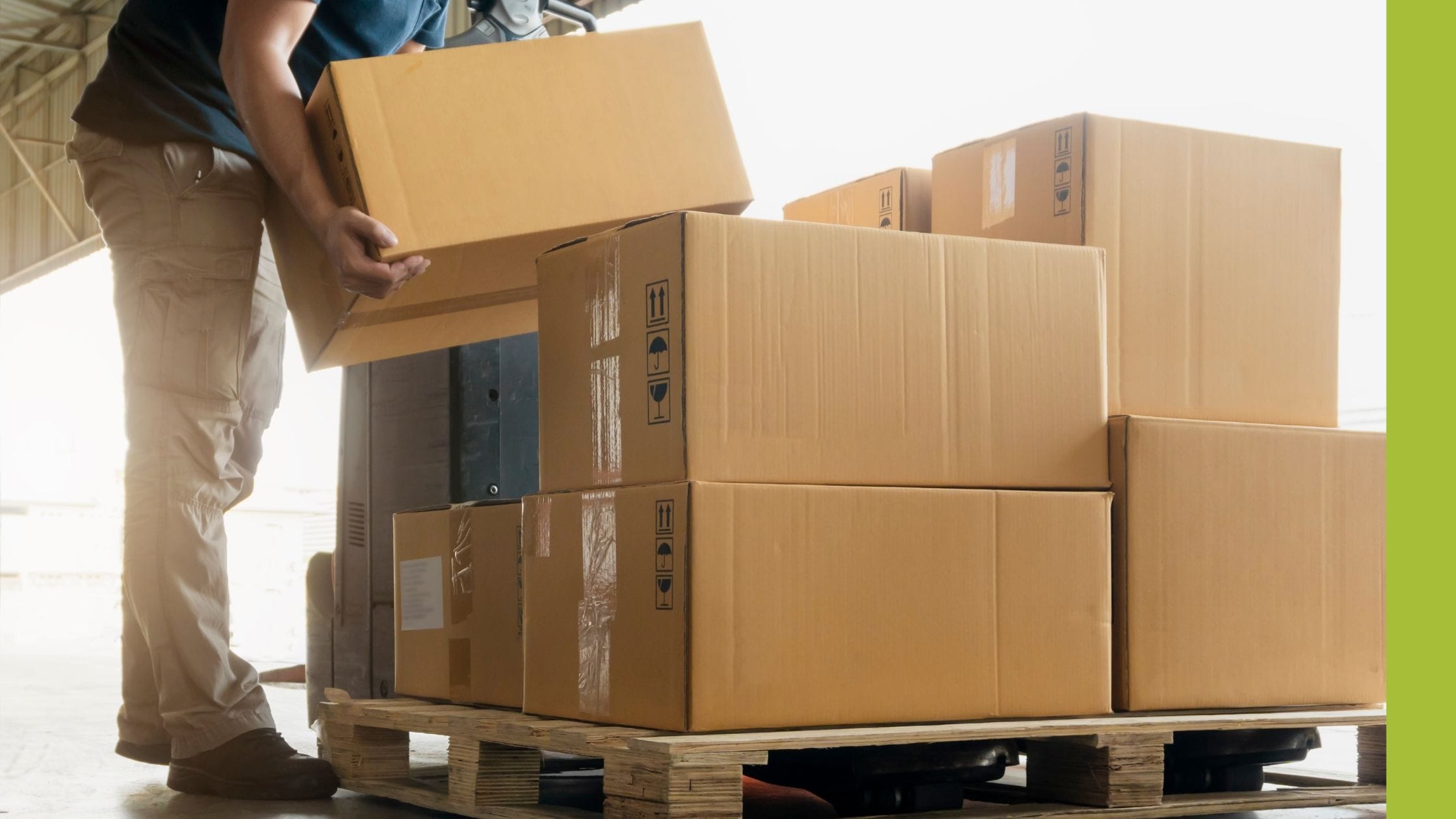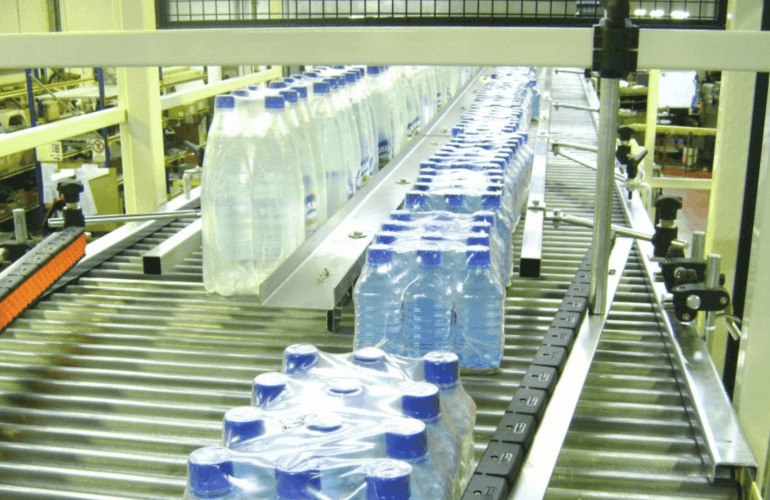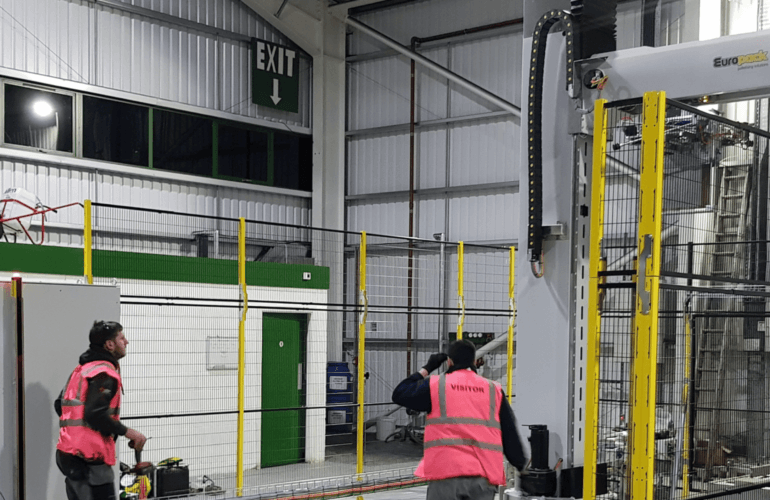For many manufacturers, time is money. Faster operation and streamlined production result in greater throughput and better manufacturing efficiency, while interruptions cause delays and increase costs.
Therefore, end-of-line bottlenecks, those points in the production process that prevent or slow production, can significantly affect overall performance. Addressing them is key to optimising efficiency, reducing costs and improving product quality.
What is a bottleneck?
A bottleneck occurs when a specific stage or operation in a manufacturing process has less capacity than the stage before or after, creating a point of congestion that slows down or limits overall throughput or output.
Some of the main end-of-line challenges that occur are:
- Downtime
Including unexpected breakdowns and maintenance issues, downtime is a major cause of bottlenecks in manufacturing operations. - Product damage and quality control
Rough handling or inaccuracies during the production process can result in defects or even product recalls, causing significant delays while things are put right. - Labour shortages
A shortage of skilled labour, plus the fatigue and inefficiencies that come with manual handling, slows down processes such as picking and packing, causing bottlenecks. - Packaging and labelling errors
Poor packaging or labelling mistakes can lead to damaged goods and prevent accurate tracking, leading to delays in reporting and deliveries.
Overcoming the issue of downtime
Downtime happens when production stops or is significantly reduced, and can be planned or unplanned. Planned downtime is a scheduled shutdown for routine maintenance, upgrades or cleaning, whereas unplanned maintenance usually occurs due to an equipment breakdown or failure, or a supply chain issue. Due to its intentional nature, planned downtime can generally be accommodated in production schedules; however, standardised procedures and features such as quick-change tooling help to accelerate the process.
To minimise the risk of unplanned downtime impacting your operations, ensure you have routine inspections and preventative maintenance in place to identify mechanical issues before they escalate. AI-based diagnostics and tracking can also help with this, flagging any problems as they arise.
Reducing product damage and improving quality control
Automated handling systems such as palletisers and sack-filling machines are designed to move goods quickly and accurately, preparing them for delivery or storage.
Palletisers use a robotic arm or other mechanism to sort, transfer and stack boxes, cans, bottles and other packages onto a pallet, either in bulk or one-by-one. Specialist gripping heads ensure goods are handled with care, and additional functions such as banding and stretch wrapping protect goods during transit. Sack-filling machines fill, weigh and seal sacks and bags, ensuring they are filled to the correct capacity every time, minimising waste and improving consistency for the customer.
These systems improve accuracy and attention to detail, ensuring that each product leaving the warehouse meets the required standards. Additionally, vision inspection systems can be incorporated into machinery to catch defects early, further enhancing product quality and reducing errors.
Tackling labour issues
A combination of an ageing workforce and a lack of skills has led to a shortage of labour in the manufacturing sector, but automation can help to overcome this challenge and reduce delays.
By replacing manual tasks with equipment such as palletisers, you can free up human employees to be trained and upskilled to manage the systems, or work in more value-added roles elsewhere in the business. As well as improving efficiency, this also reduces the number of employees working in repetitive and physically demanding roles and thus lessens the risk of manual handling injuries.
There’s also the added advantage that automated systems work around the clock without the need for breaks, holidays or sick leave, enabling manufacturers to deliver consistent output and meet higher production targets.
Preventing packaging errors
Proper packaging is vital to ensure goods are protected during transit and storage. If items are damaged due to poor packaging, this can lead to delays, increased costs and customer dissatisfaction.
In addition to protecting products, packaging and labels communicate important information to customers, including supply chain data, delivery details and tracking codes. Barcodes and batch numbers are essential for tracking and identifying items, especially in the event of a recall, while for food, details such as ingredients and allergens are required by end users and to comply with regulations.
To prevent packaging problems, ensure the type of packaging being used is fit for purpose, is made from durable materials and is properly sealed.
For further advice on avoiding or overcoming end-of-line bottlenecks on your production line, contact us.




